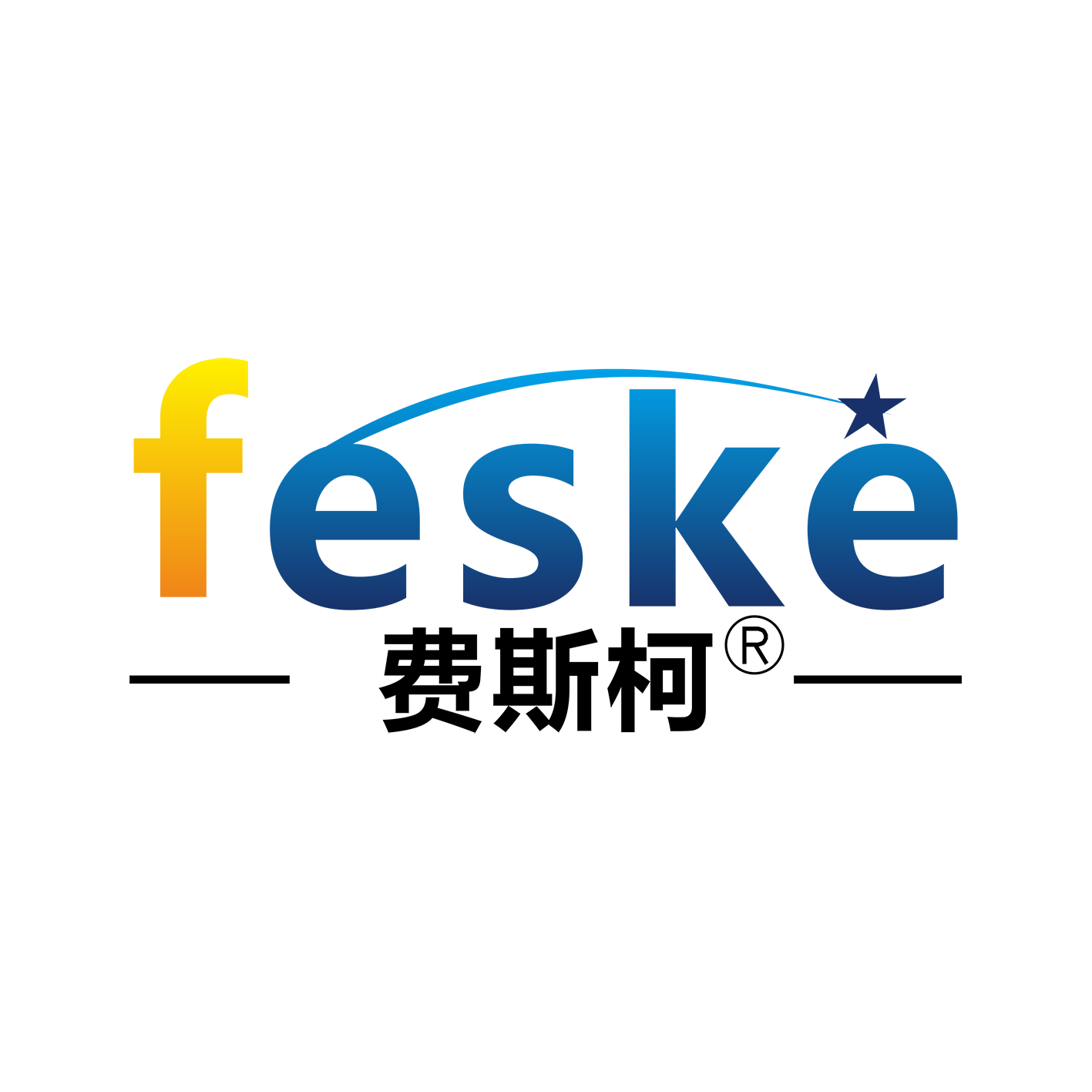What can electric cylinders do in Algeria's industry?
Application Scenarios of Electric Cylinders in Algeria's Industry
Algeria is accelerating its 2020-2024 Five-Year Plan, focusing on the development of transportation
infrastructure, housing, and new energy. Electric cylinders, as high-precision, high-efficiency linear
motion devices, can be deeply integrated into its industrialization process. Specific applications
include:
1. Cement Production and Building Materials Processing
Clinker Grinding and Conveying: In cement plants, electric cylinders can replace traditional hydraulic
systems to control the feed speed and pressure of grinding equipment, achieving ±0.01mm accuracy
and improving clinker production efficiency.
Packaging Line Automation: Used in the gripping and stacking stages of cement bagging machines,
electric cylinders achieve high-speed and precise operation through synchronized multi-cylinder control
(such as EtherCAT bus technology).
2. Construction Machinery
Electrification of Heavy Equipment: In excavators and cranes operating in desert areas, electric cylinders
can drive boom extension and retraction, adapting to high temperatures and dusty environments while
reducing energy consumption by 40% compared to hydraulic systems. Bridge and Road Construction:
Used for thickness adjustment of pavers and pressure control of compaction equipment to meet the
precision requirements of the UAE's highway network extension project.
III. New Energy Equipment Manufacturing
Photovoltaic Mounting Adjustment: In the Sahara photovoltaic power station, electric cylinders automa
tically adjust the angle of solar panels to maximize power generation efficiency. Their high-temperature
resistance (>50°C) makes them suitable for desert climates.
Wind Turbine Maintenance: Used for raising and lowering inspection platforms for wind turbine blades,
using a servo system for safe and stable fine-tuning.
IV. Industrial Automation Upgrades
Production Line Transformation: In applications such as automotive welding and appliance assembly,
electric cylinders can replace pneumatic components, reducing noise (<50 decibels) and improving
repeatability (±0.005mm).
Smart Warehousing and Logistics: Combined with AGVs (Automated Guided Vehicles), they enable pre
cise forklift lifting and cargo handling, similar to the technical solution used in the Malaysian AGV pro
ject. Market Potential and Challenges
Demand Growth: China's demand for electric cylinders is expected to reach 394,000 units in 2025, with
a clear trend toward full electrification of construction machinery. Algeria's industrialization gap (for
example, millions of tons of cement imports annually) provides growth potential for electric cylinders.
Local Adaptation: The country faces challenges posed by joint venture regulations (foreign ownership
≤ 49%) and a high value-added tax (VAT) of 19%. Costs can be reduced through technological collab
oration or localized production.
The energy-saving and precision characteristics of electric cylinders are highly compatible with Algeria's
industrial upgrading needs, particularly in the cement, infrastructure, and new energy sectors.


